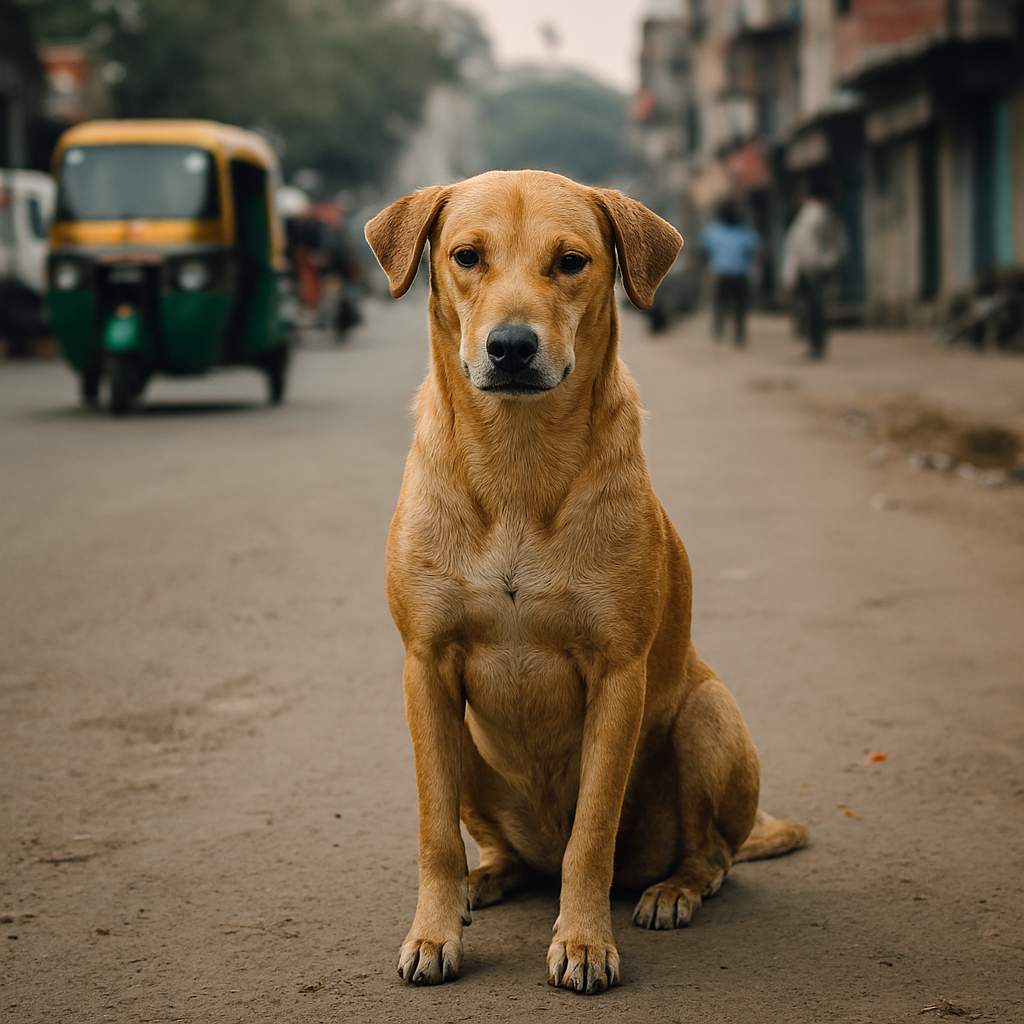
Street Dogs Controversy in India
Street Dogs Controversy in India https://camaal.in/storages/2025/08/Create-a-square-imag-1.jpg 1024 1024 Creativo Camaal https://camaal.in/cores/cache/ls/avatar/5e27d69073e2234a12824edc1b3a9419.jpg?ver=1762960583Street Dogs in India: Compassion, Controversy, and the Crossroads of Policy
Introduction: A Nation at Odds Over Its Strays
India’s street dogs—estimated to number over 60 million—have long been both beloved and feared. They are protectors, companions, and symbols of resilience. But they are also victims of neglect, targets of violence, and now, subjects of a sweeping legal directive that could redefine their place in urban life.
The Supreme Court’s August 2025 Order
What the Directive Says
On August 11, 2025, the Supreme Court of India ordered the removal of all stray dogs from the Delhi-NCR region. The dogs are to be sterilized, vaccinated, and permanently housed in shelters within eight weeks. The ruling was prompted by a spike in dog bite cases and growing public pressure for action.
Immediate Challenges
- Infrastructure Gaps: Municipal shelters are overcrowded and underfunded. Cities like Noida and Faridabad lack the capacity to absorb thousands of dogs.
- Legal Conflicts: The order contradicts the Animal Birth Control (ABC) Rules, 2023, which mandate sterilization and return—not relocation.
- Ethical Concerns: Animal welfare groups argue that mass confinement is cruel and ineffective, and may lead to increased aggression and disease.
Public Reaction: Polarization and Protest
Supporters of the Order
Many urban residents, especially parents of young children, support the move. They cite safety concerns, unsanitary conditions, and the failure of previous sterilization drives.
Opposition Voices
Animal rights activists, veterinarians, and celebrities have condemned the order:
- John Abraham: Called street dogs “community members” and urged the court to adopt scientific ABC protocols.
- Adivi Sesh: Advocated for coexistence, tweeting that “removal is not resolution.”
- Shalini Pandey: Highlighted systemic neglect, stating, “Dogs aren’t on the streets by choice. We put them there.”
Deeper Issues: Why This Debate Matters
Urban Planning and Waste Management
Street dogs thrive where garbage is abundant. Poor waste disposal fuels population growth and territorial behavior. Addressing root causes could reduce conflict without displacement.
Community Care Models
Cities like Jaipur and Lucknow have shown that sterilization, vaccination, and community caretakers can stabilize populations and reduce bites. These models rely on empathy, not eradication.
Legal Precedents and Policy Confusion
The ABC Rules, 2023, were designed to protect both humans and animals. The Supreme Court’s order may set a precedent that undermines years of humane policy development.
What Lies Ahead
Implementation or Reversal?
With protests mounting and legal appeals underway, it’s unclear whether the order will be enforced as written. Municipal bodies are scrambling to comply, while activists prepare for a prolonged legal battle.
A Cultural Reckoning
This moment is more than a policy dispute—it’s a reflection of how India sees its voiceless citizens. Will compassion guide the way, or will fear dictate the future?
Conclusion: A Call for Coexistence
India’s street dogs are not just animals—they are part of the urban ecosystem, shaped by human choices and failures. The path forward demands nuance, empathy, and a commitment to solutions that honor both safety and dignity. The question isn’t whether we can live with street dogs—it’s whether we can live with ourselves if we don’t try.
